>>it’s the fight of our lives… Neil Turton, managing director of Nisa-Today’s Central Buying Company
Another week, another acquisition. The dash for consolidation in the independent and convenience market creates many issues for the industry to consider and it is our task to provide the right answers for the consumer and for our industry in future.
The good news is that small store shopping is back in fashion. C-store sales growth is outstripping that of large stores. Customers are tiring of large footprint supermarkets and if excellent local stores are provided to fit with customers busy lives they will use them. It’s this growth and the risk of saturation for large store sites that led to the large multiples casting a predatory eye on our sector in the first place.
Most of the prospects for the independent sector will depend on how we meet this change. The customer, the industry and society as a whole will not benefit from the saturation of Tesco et al in their communities as well as out of town.
Do we, as a society, really want to see the diversity of our shopping experience reduced to a choice between three or four food retailers? The potential effects of such scale and purchasing power in fewer hands will further squeeze suppliers and farmers. The benefits that customers undoubtedly gain in today’s freely competitive market will perhaps be less evident then; and it will be too late to do anything about it. Hoping that change will not happen - or won’t affect us - is not an option.
Competition rules must change to reflect reality. It is a nonsense that the OFT defines the c-store market as a separate entity, allowing the multiples to present themselves as fragmented players and get the ‘green light’ for virtually every acquisition.
The profits from the multiples are not re-invested in local communities but every £1 spent in an independent store is worth double to an area than £1 spent in a shareholder focused supermarket. And, according to The Guardian, 270 local jobs are lost every time a large supermarket opens. The OFT rules need an overhaul to reflect the reality of reduced choice and multiple domination.
We can see some of the threats from market dominance in Withernsea, where Tesco is running an £8 off £20 (40%) promotion in what looks like a concerted effort to run the local independent retailers out of town and dominate an isolated community. If Proudfoot, a local company employing 350 people, were to fall, the effects on the community and retail choice would be profound. The government must recognise this and provide tax breaks and investment for local retail entrepreneurship.
Our sector needs to work together like never before to meet the challenge. Over the years much management effort has been directed to competing with each other - so much so we didn’t see the wolf at the door until too late. Nisa-Today’s has successfully proved that a framework can exist for independent businesses to collaborate across whole wide areas of trading, product distribution and knowledge-sharing.
The controversial debate around the proposed sale of Londis has not served the Londis shareholders well; customer confidence will suffer unless there is a quick conclusion. A potential merger with Nisa-Today’s would help Londis owners retain their mutual status - the value in the combined organisation being retained by those Nisa and Londis retailers who have worked hard to create it. This would ultimately ensure more competitive retail prices and place them in a stronger position to compete with Tesco and other multiples as they fight for a convenience foothold.
Further consolidation of this type will be required in time between buying groups and independent retailers and the industry needs to focus on this and who our real competitors are. If we are interested in a diverse and thriving local foodstore sector, we must get our act together now.
Another week, another acquisition. The dash for consolidation in the independent and convenience market creates many issues for the industry to consider and it is our task to provide the right answers for the consumer and for our industry in future.
The good news is that small store shopping is back in fashion. C-store sales growth is outstripping that of large stores. Customers are tiring of large footprint supermarkets and if excellent local stores are provided to fit with customers busy lives they will use them. It’s this growth and the risk of saturation for large store sites that led to the large multiples casting a predatory eye on our sector in the first place.
Most of the prospects for the independent sector will depend on how we meet this change. The customer, the industry and society as a whole will not benefit from the saturation of Tesco et al in their communities as well as out of town.
Do we, as a society, really want to see the diversity of our shopping experience reduced to a choice between three or four food retailers? The potential effects of such scale and purchasing power in fewer hands will further squeeze suppliers and farmers. The benefits that customers undoubtedly gain in today’s freely competitive market will perhaps be less evident then; and it will be too late to do anything about it. Hoping that change will not happen - or won’t affect us - is not an option.
Competition rules must change to reflect reality. It is a nonsense that the OFT defines the c-store market as a separate entity, allowing the multiples to present themselves as fragmented players and get the ‘green light’ for virtually every acquisition.
The profits from the multiples are not re-invested in local communities but every £1 spent in an independent store is worth double to an area than £1 spent in a shareholder focused supermarket. And, according to The Guardian, 270 local jobs are lost every time a large supermarket opens. The OFT rules need an overhaul to reflect the reality of reduced choice and multiple domination.
We can see some of the threats from market dominance in Withernsea, where Tesco is running an £8 off £20 (40%) promotion in what looks like a concerted effort to run the local independent retailers out of town and dominate an isolated community. If Proudfoot, a local company employing 350 people, were to fall, the effects on the community and retail choice would be profound. The government must recognise this and provide tax breaks and investment for local retail entrepreneurship.
Our sector needs to work together like never before to meet the challenge. Over the years much management effort has been directed to competing with each other - so much so we didn’t see the wolf at the door until too late. Nisa-Today’s has successfully proved that a framework can exist for independent businesses to collaborate across whole wide areas of trading, product distribution and knowledge-sharing.
The controversial debate around the proposed sale of Londis has not served the Londis shareholders well; customer confidence will suffer unless there is a quick conclusion. A potential merger with Nisa-Today’s would help Londis owners retain their mutual status - the value in the combined organisation being retained by those Nisa and Londis retailers who have worked hard to create it. This would ultimately ensure more competitive retail prices and place them in a stronger position to compete with Tesco and other multiples as they fight for a convenience foothold.
Further consolidation of this type will be required in time between buying groups and independent retailers and the industry needs to focus on this and who our real competitors are. If we are interested in a diverse and thriving local foodstore sector, we must get our act together now.








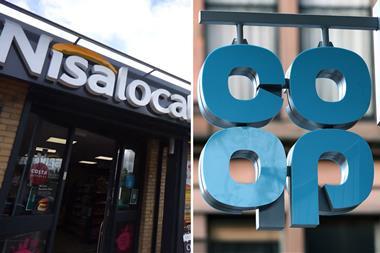
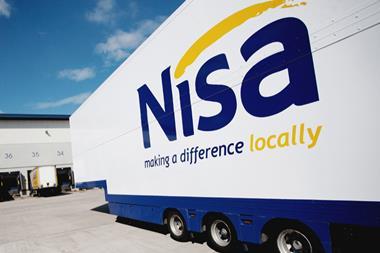
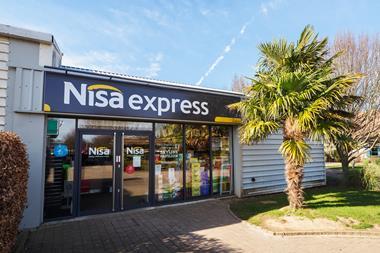

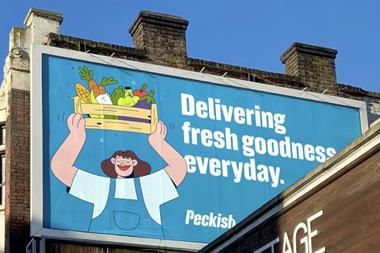


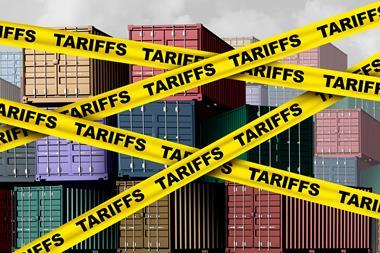
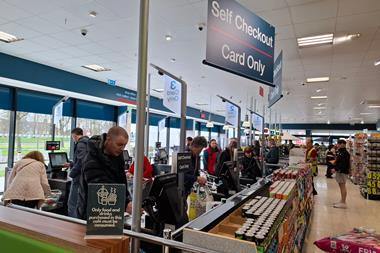


No comments yet